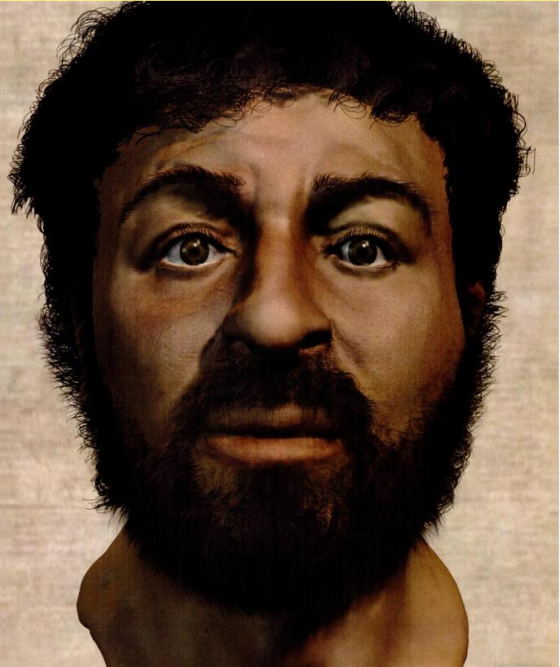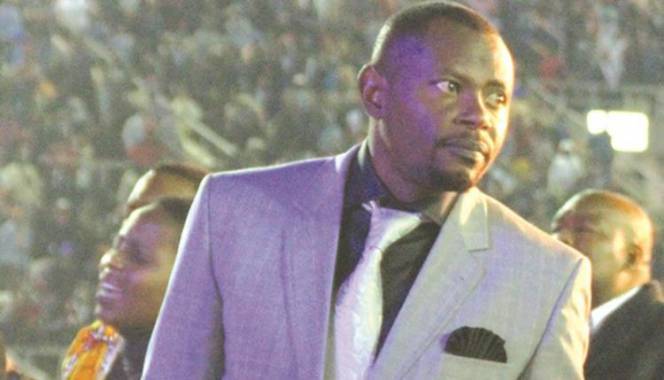
The Sunday Mail

continued from last week:
5. Unbreaking of legs
The Hebrew custom required that a person being crucified was to be brought down and have his legs broken. This was in accordance to the Mosaic Law which required that, “And if a man has committed a sin worthy of death, and he be to be put to death, and thou hang him on a tree.
His body shall not remain all night upon the tree, but thou shalt in any wise bury him that day; (for he that is hanged is accursed of the Divine;) that thy land be not defiled, which the (Divine) giveth thee for an inheritance,” (Deuteronomy 21v 22- 23).
Yahoshua was punished under Roman law (that is crucifixion), which prohibited burial. His body was required to hang until it decayed and birds and beasts had devoured it.
Although, Hebraically it was considered sinful to allow a criminal to “remain all night upon the tree,” this was inapplicable to the Roman mode of punishment. This meant that Yahoshua as a Roman criminal would remain hanging for several days and nights before death ensued.
This shows that Mosaic Law was not used in respect of Yahoshua’s persecution.
The gospels claim the Roman soldiers applied the Mosaic Law to bring down the crucified bodies, the soldiers were to break the legs. When they came to Yahoshua, it is said they saw he was already dead and therefore did not break his legs (John 19 v 32-33).
The legs of Yahoshua were not broken because in darkness he looked as if he was already dead. Since he was sedated or intoxicated, the soldiers may have gotten an excuse for not breaking his legs.
“Breaking the legs would have been devastating due to the severe trauma of blood loss and consequential hypovolemic shock by breaking one of the larger bones in the body, the tibia, in each leg.” — Ahmadiyya Muslim Community.
6. Use of a private grave
Joseph of Arimathaea and Nicodemus were rich and influential supporters and secret disciples of Yahoshua (John 3:2, 7:50, 19:38-39). They were members of the Great Sanhedrin in Jerusalem.
It would be a secret counter plan by Joseph and Nicodemus to save Yahoshua from death. As a physician, Nicodemus would have ensured that the drink would work well since the administration of the drink was permissible under Hebrew humane provision of the penal procedure.
It was therefore not likely to betray the real motive behind the act of kindness in the presence of the public. As rich and influential figures, they knew that the centurion supervising the execution would be of their choice and would be ready to cooperate with them.
The centurion would not insist on breaking Yahoshua’s legs if they succeeded in making him look dead.
Pilate accepted the request by Joseph of Arimathaea to bury Yahoshua privately.
This was in contrary to the Hebrew penal procedure as indicated by the Jewish Encyclopaedia, “Bodies of delinquents were not buried in private graves, while that of (Yahoshua) was buried in sepulchre belonging to Joseph of Arithmathea”.
Even the rabbinical traditions about bodies of criminals were that “the bodies were cast into ditches belonging to tribunals and when the flesh had rotten away, the bones would be given back to their relatives for burial in family sepulchres. The burial of (Yahoshua), therefore, constitutes a privileged exception”.
Joseph and Nicodemus both knew that because of the ensuing Sabbath, Yahoshua would only be crucified for a few hours and that there was no possibility of his death during such a short time.
The trial on Friday offered a very good opportunity of saving Yahoshua, if only his legs could somehow be spared. They then arranged for the sedating drink so that he could look dead.
7. Hurried burial
Yahoshua was taken down within three to six hours, it was not by his enemies. His body was given to his friends. Joseph had prior assurance from Pilate that Yahoshua’s body would be given to him so that he would make arrangements to receive and care for it.
Since it was unorthodox for the release of a body for private burial, Joseph went to beg.
Joseph’s tomb in the garden was used because it was so close to the execution site and time before the Sabbath was growing short (John 19:42). Luke’s account also gives a sense of urgency (Luke 23:54). There is no suggestion that the burial party intended the tomb to be the permanent resting place of Yahoshua’s body.
However, there is the implication that the tomb was used out of temporary necessity on account of the need for a quick burial since the particular tomb was close to the crucifixion site.
On the basis of the hurried nature of the burial, there was a strong intent that Joseph and Nicodemus wanted to save Yahoshua’s life. Ironically, there is no gospel record of Joseph or Nicodemus ever again.
8. Restoration or resuscitation of life through healing
In John 19:39, it is recorded that Nicodemus brought myrrh and aloes about seventy-five pounds heavy.
“These plants, particularly aloe plants, are considered medicinal and applied to wounds.
lt was used extensively in many ancient cultures, is used even today to soothe open wounds.
The Roman physician Pedanius Dioscrorides (c 75 BCE) recommended aloe for wounds and skin conditions. Alexander the Great’s mentor, Aristotle, persuaded him to capture the island of Socotra to harvest the aloe plants for treating wounded soldiers.” — Ahmadiyya Muslim Community.
His life was restored in the tomb with the help of herbs. This was followed by a gradual resuscitation.
This is what Christians refer to as ‘resurrection.’
To have escaped death is not the same as resurrection!
As a wounded body of bones and flesh (Luke 24:39), who suffered hunger (Luke 24:41), Yahoshua went into hiding and only met his frightened closest associates (Matthew 28:10).
A conclusion by the BBC Four Research Documentary, “Did Jesus die on the cross?” (available in full on YouTube), claim that Yahoshua is said to have fled to Kashmir where he died in old age, returning to Srinagar where he had originally been influenced by Buddhist teachings.
This theory is lent credence by close comparisons of Yahoshua’s sayings in the Gospel of St. Thomas, which are seen by some as closely related to classical Buddhist Sutras.
For feedback, email [email protected] or tweet @shingaiRndoro. A gallery of previous articles is found at www.sundaymail.co.zw/author/shingairukwata



